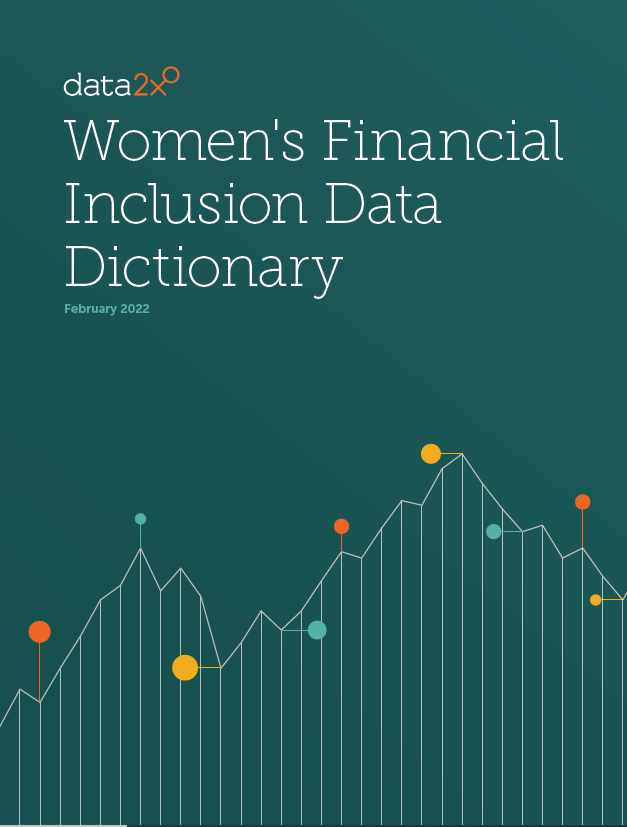
While the WFID partners agree that standardization of indicators is neither practical nor desirable, shared definitions of the most common indicators can allow institutions to measure and report on their individual mandates while making data more interoperable. This means that harmonization efforts can be greatly advanced not through rigid calculation guidelines but through common understanding of indicators facilitated by a dictionary of current indicators in use across the WFID partnership.
This glossary’s aim is to advance WFIDs harmonization efforts by accelerating understanding of data sets as a first step to increasing data compatibility. The principal function of the Women’s Financial Inclusion Data Dictionary is to recognize and embrace the diverse nature of the WFID partnership data landscape while supporting the partnership’s goal of advancing women’s financial inclusion using the collective’s data generation capacities.
